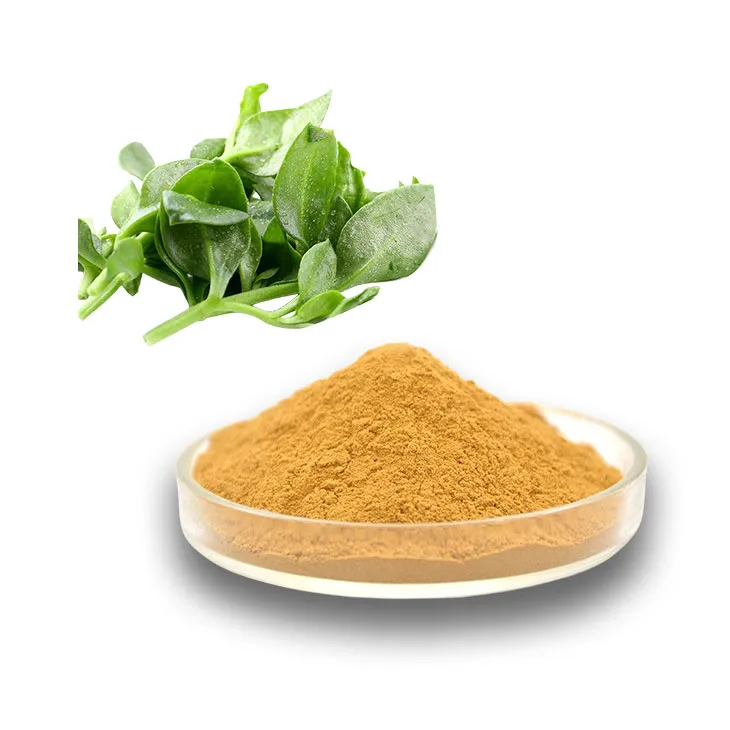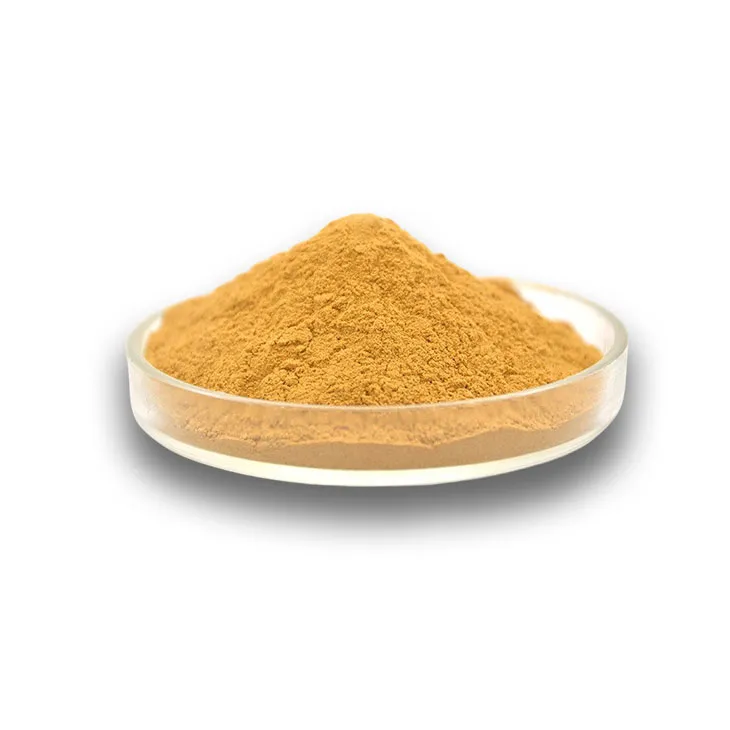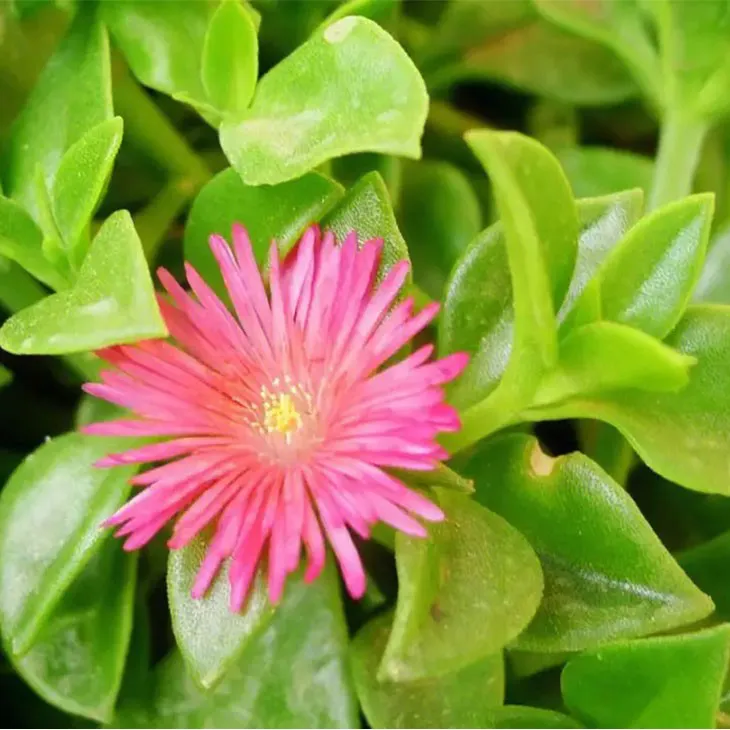- 0086-571-85302990
- sales@greenskybio.com
The process of extracting andrographolide from Andrographis paniculata extract powder.
2024-11-29

1. Introduction
Andrographis paniculata, a well - known medicinal plant in traditional medicine systems, has drawn significant attention in the pharmaceutical and natural product industries. Andrographolide, one of its major active components, exhibits a wide range of pharmacological activities such as anti - inflammatory, antibacterial, and antiviral properties. Therefore, the extraction of andrographolide from Andrographis Paniculata Extract Powder is a crucial process with both scientific and commercial importance.

2. Chemical Structure and Properties of Andrographolide
2.1 Chemical Structure
Andrographolide has a complex chemical structure. It is a diterpenoid lactone, which consists of a specific arrangement of carbon, hydrogen, and oxygen atoms. The lactone ring in its structure is an important feature that contributes to its biological activities. This unique structure also affects its solubility and stability in different solvents, which is a key factor to consider during the extraction process.
2.2 Properties
Andrographolide is a white crystalline powder. It has relatively low solubility in water but shows better solubility in some organic solvents. Its melting point is around 230 - 231 °C. These properties play a vital role in determining the appropriate extraction methods and conditions.

3. The Extraction Process
3.1 Solvent Extraction
3.1.1 Ethanol as a Solvent
Ethanol is a commonly used solvent for the extraction of andrographolide. It has several advantages. Firstly, ethanol is a relatively safe and environmentally friendly solvent compared to some other organic solvents. It can dissolve andrographolide to a certain extent. However, it also has some limitations. The extraction efficiency may not be as high as some other solvents, and it may also extract some other components along with andrographolide, which requires further purification steps.
3.1.2 Methanol as a Solvent
Methanol is another solvent option. It generally has a higher solubility for andrographolide compared to ethanol. This means that it can potentially extract a higher amount of andrographolide in a shorter time. But methanol is highly toxic, which poses safety risks during the extraction process. Special safety precautions need to be taken when using methanol as a solvent.
3.1.3 Hexane - Ethyl Acetate Solvent System
The hexane - ethyl acetate solvent system is also explored for andrographolide extraction. Hexane can dissolve some non - polar components, while ethyl acetate can dissolve more polar components like andrographolide. This two - phase solvent system can be adjusted in proportion to achieve better extraction selectivity. However, the handling of hexane requires proper ventilation due to its flammability.
3.2 Enzymatic Hydrolysis in the Extraction Process
Enzymatic hydrolysis has been increasingly studied in the extraction of andrographolide. Enzymes can break down the cell walls of Andrographis paniculata more effectively, which helps to release andrographolide that is trapped inside the cells. For example, cellulase and pectinase can be used. These enzymes can hydrolyze the cellulose and pectin in the cell walls respectively. By using enzymatic hydrolysis prior to solvent extraction, the extraction efficiency can be significantly improved. The reaction conditions for enzymatic hydrolysis, such as temperature, pH, and enzyme concentration, need to be carefully optimized to achieve the best results.

4. Quality Control of the Extracted Andrographolide
4.1 Detection of Impurities
One of the key aspects of quality control is the detection of impurities. High - performance liquid chromatography (HPLC) is a widely used method for this purpose. HPLC can separate andrographolide from other components in the extract and accurately detect the presence of impurities. Gas chromatography - mass spectrometry (GC - MS) can also be used in some cases, especially for the detection of volatile impurities. Thin - layer chromatography (TLC) is a simple and cost - effective method for preliminary screening of impurities.
4.2 Ensuring Product Quality Consistency
To ensure the consistency of product quality, strict control of the extraction process is necessary. This includes controlling the source and quality of the Andrographis Paniculata Extract Powder, standardizing the extraction conditions such as solvent type, extraction time, and temperature. In addition, regular sampling and testing of the extracted andrographolide are required. Statistical process control methods can be applied to monitor and adjust the extraction process to maintain the stability of product quality.

5. Conclusion
The extraction of andrographolide from Andrographis Paniculata Extract Powder is a complex process that involves understanding the chemical structure and properties of andrographolide, choosing appropriate extraction methods, and implementing strict quality control measures. Solvent extraction, especially with different solvent systems, has its own pros and cons, and enzymatic hydrolysis can be a useful addition to improve extraction efficiency. Quality control is essential to ensure the purity and consistency of the extracted andrographolide, which is crucial for its application in the pharmaceutical and natural product industries.
FAQ:
What is the chemical structure of andrographolide?
Andrographolide has a specific chemical structure. It is a diterpenoid lactone. Its structure consists of a characteristic ring system which is important for its biological activities and solubility properties, etc.
What are the common solvent systems used for extracting andrographolide from Andrographis paniculata extract powder?
Common solvent systems include ethanol - water mixtures, methanol, etc. Ethanol - water mixtures are often used as ethanol has relatively good solubility for andrographolide and is also relatively safe and easy to handle. Methanol also has good extraction ability but is more toxic. Each solvent system has its own advantages and disadvantages in terms of extraction efficiency, cost, and safety.
How does enzymatic hydrolysis improve the extraction efficiency of andrographolide?
Enzymatic hydrolysis can break down some cell wall components or complex compounds in Andrographis paniculata extract powder. This helps to release andrographolide that may be trapped or bound within the plant matrix. By making andrographolide more accessible, the extraction efficiency can be improved.
What are the important methods for quality control of the extracted andrographolide?
Important methods for quality control include chromatography techniques such as HPLC (High - Performance Liquid Chromatography). HPLC can be used to detect impurities and determine the purity of andrographolide. Spectroscopic methods can also be used to analyze the chemical structure and ensure the consistency of product quality. Additionally, physical and chemical property tests such as melting point determination can also be part of the quality control process.
What are the biological activities of andrographolide?
Andrographolide has a wide range of biological activities. It has anti - inflammatory properties, which can inhibit the production of certain inflammatory mediators. It also has antioxidant activity, which helps to scavenge free radicals in the body. Moreover, it has shown potential in antiviral and antibacterial activities as well.
Related literature
- Optimization of Andrographolide Extraction from Andrographis paniculata by Response Surface Methodology"
- "Study on the Extraction and Purification of Andrographolide from Andrographis paniculata"
- "Improving the Yield of Andrographolide from Andrographis paniculata through Advanced Extraction Techniques"
- ▶ Hesperidin
- ▶ citrus bioflavonoids
- ▶ plant extract
- ▶ lycopene
- ▶ Diosmin
- ▶ Grape seed extract
- ▶ Sea buckthorn Juice Powder
- ▶ Beetroot powder
- ▶ Hops Extract
- ▶ Artichoke Extract
- ▶ Reishi mushroom extract
- ▶ Astaxanthin
- ▶ Green Tea Extract
- ▶ Curcumin Extract
- ▶ Horse Chestnut Extract
- ▶ Other Problems
- ▶ Boswellia Serrata Extract
- ▶ Resveratrol Extract
- ▶ Marigold Extract
- ▶ Grape Leaf Extract
- ▶ blog3
- ▶ blog4
-
The Most Worth - Buying Lily Extract Brands.
2024-11-29
-
The best pitaya powder on the market.
2024-11-29
-
Optimal Bioavailability of Feverfew Extract.
2024-11-29
-
Bulk purchase of orange - flavored powder.
2024-11-29
-
Nature's best cytisine.
2024-11-29
-
Licorice Root Extract Powder
2024-11-29
-
Calendula Extract
2024-11-29
-
Artichoke Leaf Extract
2024-11-29
-
Dandelion Root Extract
2024-11-29
-
Andrographis Paniculata Extract Powder
2024-11-29
-
Panax Ginseng Leaf Extract
2024-11-29
-
White Peony Extract
2024-11-29
-
Troxerutin
2024-11-29
-
Lemon Balm Extract
2024-11-29
-
Pueraria Lobata Extract
2024-11-29




















